Understanding Sustainable Development Funds
In recent years, the concept of sustainable development has gained significant traction among investors. Sustainable Development Funds (SDFs) are investment vehicles that focus on generating financial returns while promoting environmental, social, and governance (ESG) criteria. This guide aims to provide a comprehensive overview of investing in Sustainable Development Funds, offering valuable insights for both novice and seasoned investors.
What Are Sustainable Development Funds?
Sustainable Development Funds are mutual funds or exchange-traded funds (ETFs) that invest in companies and projects committed to sustainable practices. These funds aim to achieve long-term growth by supporting businesses that adhere to ESG principles. The primary goal is to create a positive impact on society and the environment while delivering competitive financial returns.
Why Invest in Sustainable Development Funds?
Investing in Sustainable Development Funds offers several benefits:
- Positive Impact: By investing in SDFs, you contribute to the betterment of society and the environment.
- Long-term Growth: Companies with strong ESG practices are often more resilient and better positioned for long-term success.
- Risk Mitigation: SDFs can help mitigate risks associated with poor corporate governance, environmental damage, and social unrest.
- Alignment with Values: SDFs allow investors to align their investments with their personal values and beliefs.
Types of Sustainable Development Funds
Sustainable Development Funds can be categorized into several types based on their investment strategies:
- Environmental Funds: These funds focus on companies that promote environmental sustainability, such as renewable energy, waste management, and water conservation.
- Social Funds: These funds invest in companies that prioritize social issues, including labour rights, community development, and education.
- Governance Funds: These funds target companies with strong corporate governance practices, such as transparency, accountability, and ethical business conduct.
- Impact Funds: These funds aim to generate measurable social and environmental impact alongside financial returns.
How to Evaluate Sustainable Development Funds
When evaluating Sustainable Development Funds, consider the following factors:
- ESG Criteria: Assess the fund’s adherence to ESG principles and its impact on society and the environment.
- Performance: Analyse the fund’s historical performance and compare it with relevant benchmarks.
- Management Team: Evaluate the experience and expertise of the fund’s management team.
- Fees: Consider the fund’s expense ratio and other associated costs.
- Transparency: Look for funds that provide clear and detailed information about their investments and impact.
Top Sustainable Development Funds to Consider
Here are some of the top Sustainable Development Funds to consider:
| Fund Name | Type | Expense Ratio | 5-Year Return |
|---|---|---|---|
| XYZ Environmental Fund | Environmental | 0.75% | 8.5% |
| ABC Social Impact Fund | Social | 0.65% | 7.2% |
| DEF Governance Fund | Governance | 0.80% | 9.1% |
| GHI Impact Fund | Impact | 0.70% | 8.0% |
Steps to Invest in Sustainable Development Funds
Follow these steps to invest in Sustainable Development Funds:
- Research: Conduct thorough research on various SDFs and their investment strategies.
- Set Goals: Define your investment goals, risk tolerance, and time horizon.
- Select Funds: Choose funds that align with your goals and values.
- Open an Account: Open an investment account with a brokerage or financial institution.
- Allocate Funds: Allocate your funds to the selected SDFs.
- Monitor Performance: Regularly monitor the performance of your investments and make adjustments as needed.
Challenges and Risks of Investing in Sustainable Development Funds
While investing in Sustainable Development Funds offers numerous benefits, it also comes with certain challenges and risks:
- Limited Options: The availability of SDFs may be limited compared to traditional funds.
- Performance Volatility: SDFs may experience higher volatility due to their focus on specific sectors or themes.
- Greenwashing: Some funds may falsely claim to be sustainable, making it essential to conduct thorough research.
- Higher Fees: SDFs may have higher expense ratios compared to traditional funds.
Future Trends in Sustainable Development Funds
The future of Sustainable Development Funds looks promising, with several trends shaping the landscape:
- Increased Demand: Growing awareness of ESG issues is driving demand for SDFs.
- Innovation: Advancements in technology and data analytics are enabling more sophisticated ESG assessments.
- Regulatory Support: Governments and regulatory bodies are increasingly supporting sustainable investing initiatives.
- Corporate Commitment: More companies are committing to sustainable practices, expanding the pool of potential investments.
Conclusion
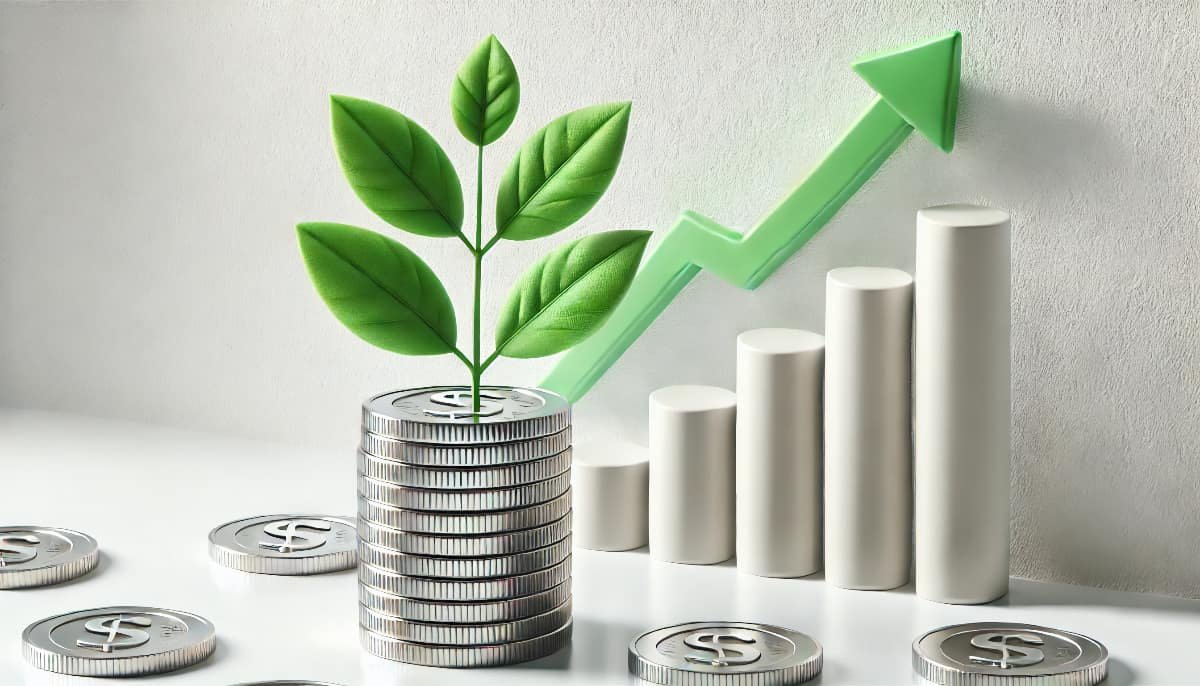
Investing in Sustainable Development Funds offers a unique opportunity to generate financial returns while contributing to a more sustainable and equitable world. By understanding the different types of SDFs, evaluating their performance, and considering the associated risks, investors can make informed decisions that align with their values and goals. As the demand for sustainable investing continues to grow, Sustainable Development Funds are poised to play a crucial role in shaping the future of finance.
Q&A Section
Q1: What are Sustainable Development Funds?
A1: Sustainable Development Funds are investment vehicles that focus on generating financial returns while promoting environmental, social, and governance (ESG) criteria.
Q2: Why should I invest in Sustainable Development Funds?
A2: Investing in SDFs offers benefits such as positive impact, long-term growth, risk mitigation, and alignment with personal values.
Q3: What types of Sustainable Development Funds are available?
A3: SDFs can be categorized into environmental funds, social funds, governance funds, and impact funds based on their investment strategies.
Q4: How can I evaluate Sustainable Development Funds?
A4: Evaluate SDFs based on ESG criteria, performance, management team, fees, and transparency.
Q5: What are the challenges and risks of investing in Sustainable Development Funds?
A5: Challenges and risks include limited options, performance volatility, greenwashing, and higher fees.
Further Reading:
Here are several insightful articles on investing in sustainable development funds:
- “Getting Started in Sustainable Investing” (US SIF)
This guide focuses on practical steps for investors who want to incorporate sustainability into their portfolios. It highlights the available options, such as mutual funds and ETFs that prioritize ESG criteria, and emphasizes the importance of understanding how sustainable investing can address real-world challenges while achieving financial returns (Home | US SIF). - “How to Align Your Investments with the UN Sustainable Development Goals” (Nordea)
This article discusses the connection between sustainable investing and the UN’s Sustainable Development Goals (SDGs). It provides a framework for investors to select funds that focus on addressing global challenges, like climate change and social inequality, while also targeting long-term financial returns (Nordea). - “What Is Sustainable Investing?” (Harvard Business School Online)
This piece explains the concept of sustainable investing in depth, focusing on how ESG factors are integrated into investment strategies. It discusses various approaches like exclusionary screening and activist investing, which aim to drive social change alongside financial gains (Harvard Business School Online).
These articles offer a well-rounded perspective on sustainable development funds and how to navigate this growing area of investment.





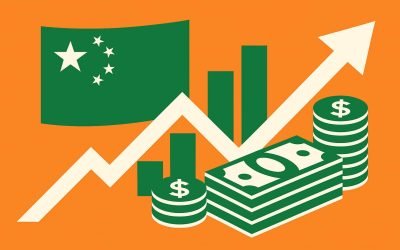
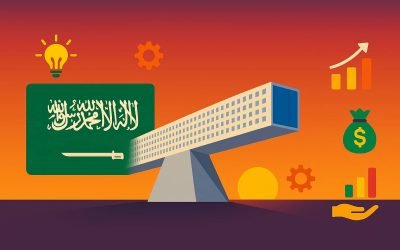

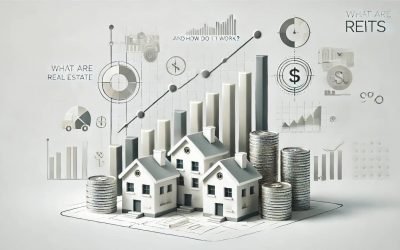



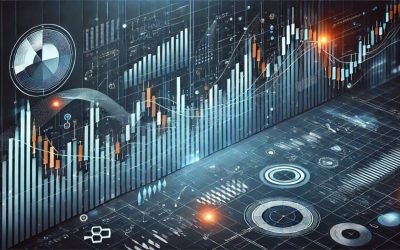
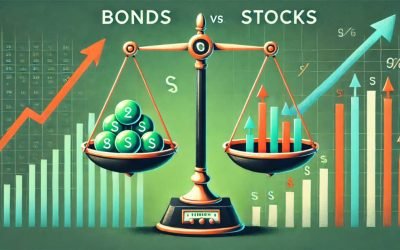
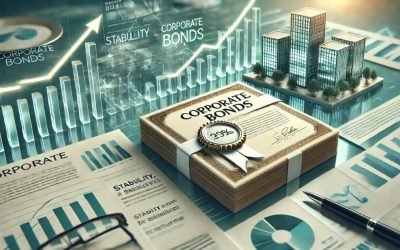
 How to trade CFD? (00:49)
How to trade CFD? (00:49) How to trade binary options*? (01:22)
How to trade binary options*? (01:22) Forex. How to start? (01:01)
Forex. How to start? (01:01)